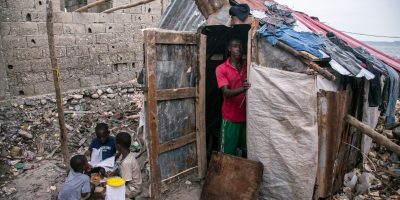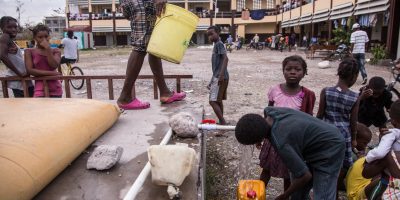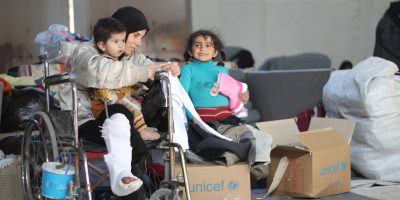Search
Search within Conflict
234 results found

Briefings
Return of the Rebel: Legacies of War and Reconstruction in West Africa’s Ebola Epidemic
The spread of Ebola in West Africa centres on a region with a shared recent history of transnational civil war and internationally led post-conflict reconstruction efforts. This legacy of conflict and shortcomings in the reconstruction efforts are key to understanding…

Evidence Reviews
CLTS in Post-Emergency and Fragile States Settings
This issue of Frontiers of CLTS explores the potential, and some of the recorded learning, on how CLTS, as a community-based, collaborative approach to sanitation behavioural change, can be applied successfully in contexts of fragility and displacement, leading to communities…

Evidence Reviews
Making Sanitation and Hygiene Safer: Reducing Vulnerabilities to Violence
This issue of Frontiers of CLTS brings together lessons on violence related to sanitation and hygiene and examples of good practice from a range of contexts including urban and humanitarian as well as rural. It interprets these lessons to propose…

Briefings
‘One hand can’t clap by itself’: Engagement of Boys and Men in KMG’s Intervention to Eliminate FGM-C in Kembatta Zone, Ethiopia
This story of change pulls out the key findings and recommendations from EMERGE case study 3, which focuses on the work of KMG to eliminate female genital mutilation-cutting in Ethiopia.

Evidence Reviews
Non-State Providers of Health Services in Fragile and Conflict-Affected States
There appears to be very little literature on the effectiveness of non-state providers (NSPs) of health services in fragile states. There is some useful case study material, particularly from Afghanistan and Cambodia although this tends to focus on the effectiveness…

Evidence Reviews
Helpdesk Research Report: Mobile Telephony for Improved Health Service and Data Management
This report provides some recent examples of the use of mobile telephony to improve health serviceoutcomes. There is significant potential for the use of mobile telephony to improve health serviceoutcomes and data management. Opportunities include: serving as a less costly…


